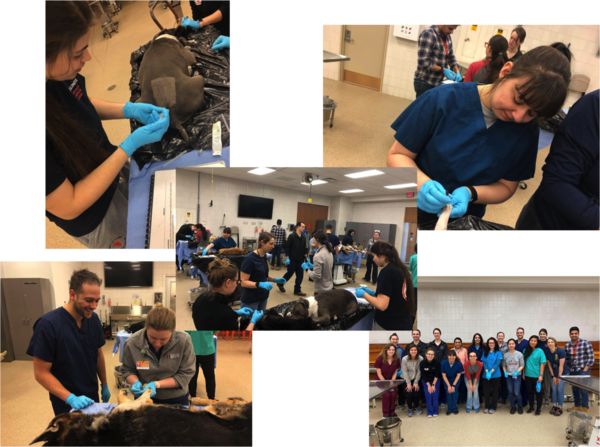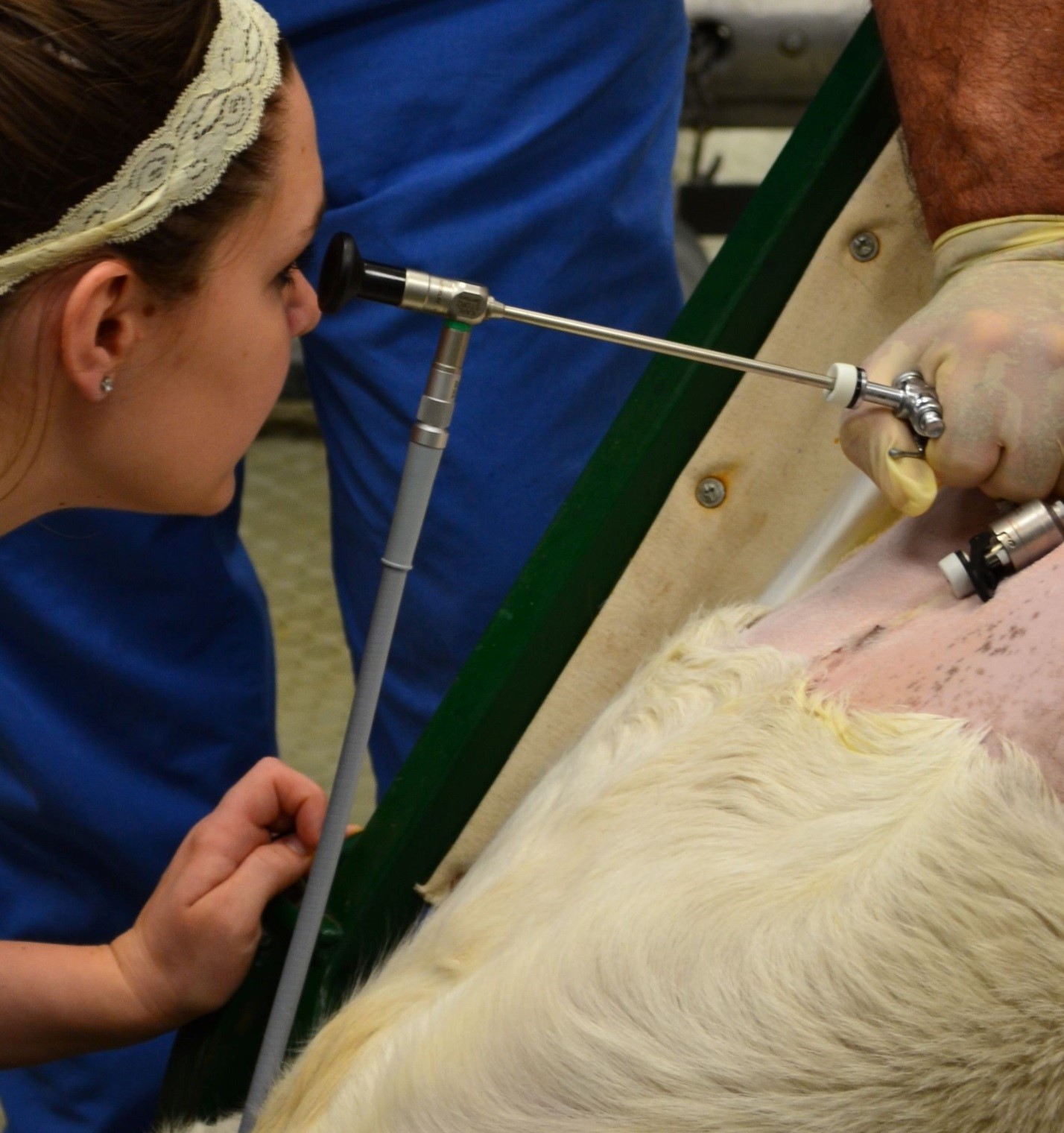Fall 2019 EPDC Extracurricular Grant Awardees - Day 3
 Monday, March 2, 2020 at 01:00PM
Monday, March 2, 2020 at 01:00PM "The University of Illinois CVM chapter of NAVAS (North American Veterinary Anesthesia Society) utilized the Fall Extracurricular Grant given to us by the EPDC for wet labs, and the labs turned out to be a great success! With the funds, we were able to offer the lab twice. The labs gave over 35 students extremely valuable small animal nerve blocking skills, including four different dental blocks, an ear block, three forelimb blocks, and epidurals, all taught by three of our incredible Teaching Hospital’s Anesthesia Department faculty. We are planning a small ruminant nerve block lab in the near future, taking full advantage of the supplies purchased with this grant!"
 anesthesia,
anesthesia,  wetlab
wetlab 

